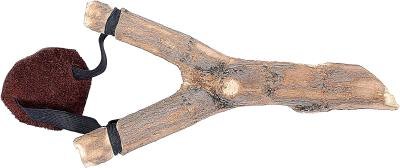How to Build a Lego Catapult
Lego projects are great for adults and children alike and setting out to build a Lego catapult is a great way to put your imagination to work. Legos are inexpensive, readily available and can be used to create any size and shape catapult you wish to build.
Instructions
- 1 Build the working portion of your catapult by using 2 Lego wheels with the rubber removed. Fashion the wheels just ahead of the catapult's anchoring wall and build the catapults all around the wheels hub piece. The arm must be able to withstand considerable pressure without falling apart. Secure a rubber band over the wheels and around the anchoring wall.
2 Fasten the catapult to a heavy Lego base with enough structure and weight to keep it from moving when fired. The mechanism can mount on a ship, rolling cart or any other item you can imagine. The key here is to create a stable base for your siege engine.
3 Fire your catapult by pulling down on the end of the catapult's arm and releasing it quickly.
4 Experiment with different objects, varying weight and shape until you find the object that goes farthest. Add additional rubber bands to extend your distance and weight capabilities. With a little practice and a few friends, you can lead the Lego rebellion to victory in your own living room.















